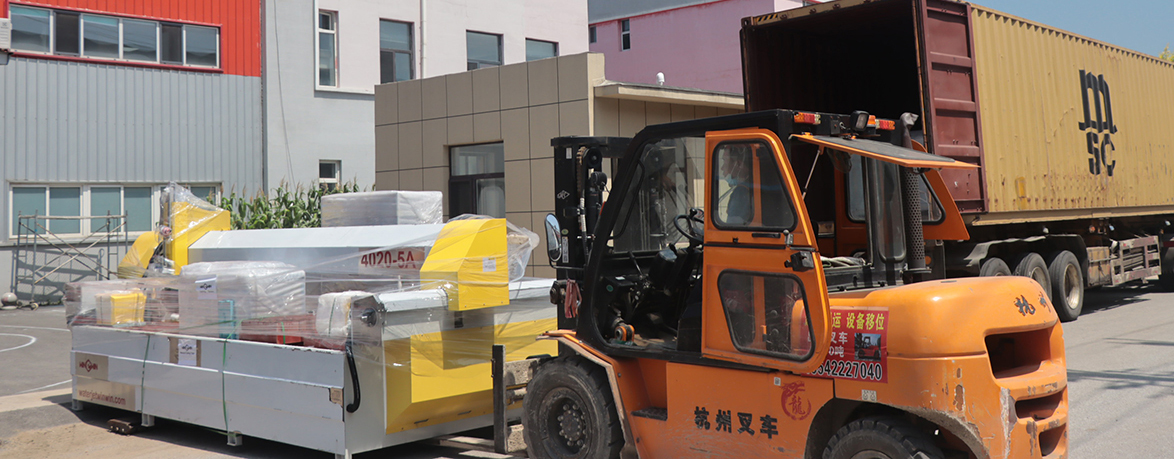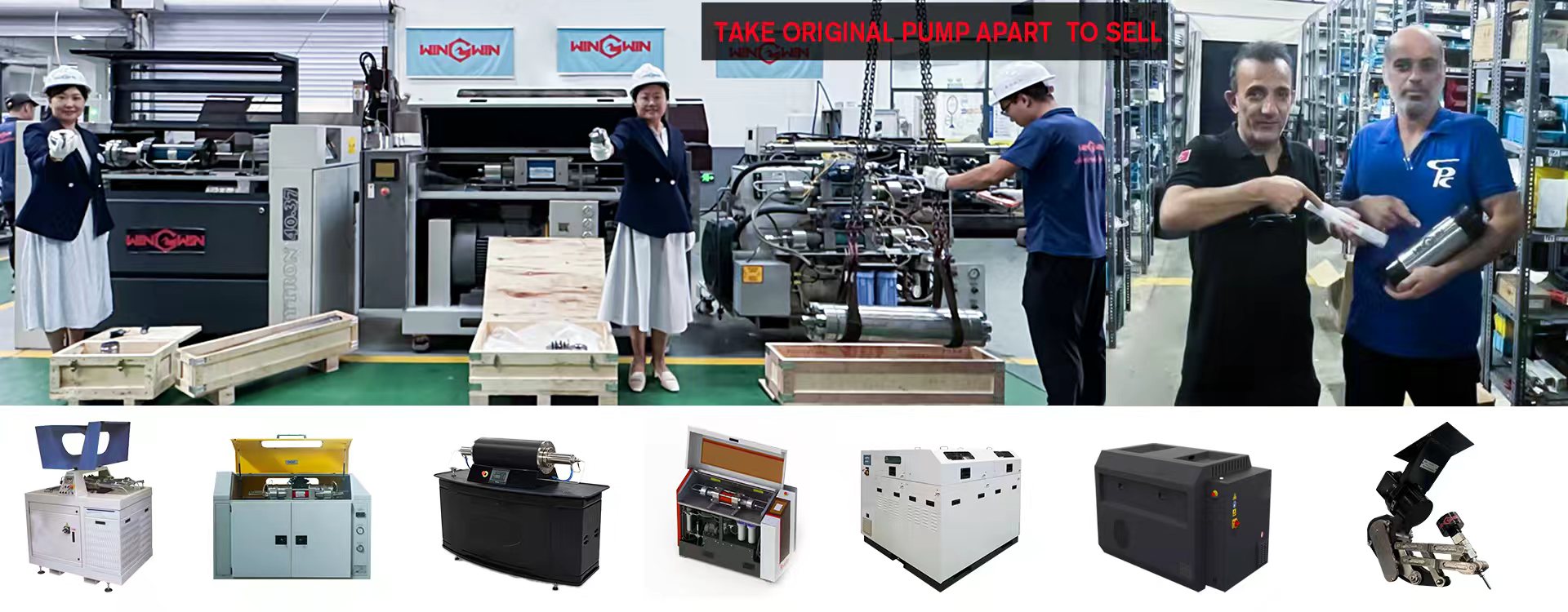Performance Characteristics and Limitations of WaterJet Cutting Machines
Compared with traditional cutting technology, the performance characteristics of water jet cutting machines show significant differentiated advantages. Winwin Waterjet has a long history of excellence and deep expertise in the waterjet cutting field. When understanding waterjet cutting machines, it is most important to know their performance characteristics, which mainly include the following three points:

一. Cutting Precision
Waterjet cutting machine has relatively high precision. Generally, the cutting error can be controlled within ±0.1mm. Some high-end equipment has even higher precision, such as the MicroMAX waterjet cutting system, which has a linear positioning accuracy of ±0.0025mm.
The cutting precision of waterjets is affected by multiple factors, such as the thickness of the workpiece, cutting speed, waterjet pressure, nozzle diameter, and cutting distance. Generally, cutting thin plates is more precise than thick plates. Appropriate cutting speed and pressure, smaller nozzle diameter, and proper cutting distance can help improve precision.
二.Cutting Depth
The cutting depth of waterjets is influenced by factors such as material type, waterjet system pressure, nozzle size, and cutting speed. Generally, the cutting depth is as follows:
1. Waterjet cutting depth
If cutting effect and precision are emphasized, the waterjet cutting thickness is usually best controlled within 100mm. At this point, the water column does not overly disperse, ensuring better cutting quality, and the error can also be controlled within a smaller range.
2. Waterjet cutting Maximum depth
Without considering the smoothness of the cutting surface, waterjets can theoretically cut materials up to 200-300mm thick. However, as the cutting thickness increases, the water column will spread, the cutting effect will weaken, and the cutting surface will become rough.
三. Waterjet cutting Speed
The cutting speed of waterjets does not have a fixed value and is affected by factors such as material type, material thickness, waterjet pressure, and nozzle diameter. Specifically:
1. Material type: Cutting soft materials such as marble and glass is faster, reaching approximately 2286mm/min. However, cutting harder materials such as titanium alloy is slower. Cutting a 0.5-inch (about 12.7mm) thick titanium alloy plate, the speed is about 152.4mm/min.
2. Material thickness: Material thickness is inversely proportional to cutting speed. For example, cutting a 6mm thick stainless steel plate, the speed can reach 152.4mm/min, while cutting a 20mm thick stainless steel plate, the speed is about 50.8mm/min.
3. Waterjet pressure: The higher the pressure, the faster the jet speed, the cutting power density increases, and the cutting speed also accelerates. For example, a super-high-pressure waterjet with a pressure of 360MPa can achieve a maximum cutting speed of 12000mm/sec.
4. Nozzle diameter: Generally, the smaller the nozzle diameter, the faster the water flow speed, and the cutting speed is relatively fast. However, if the diameter is too small, the jet will atomize and lose its cutting ability.
Winwin Waterjet has always focused on the research and development and innovation of water jet cutting machine technology, and is committed to providing customers with higher quality, more efficient and more stable water jet cutting solutions, and continuously promoting the widespread application and development of water jet cutting technology in various industries.

 wwaterjet
wwaterjet